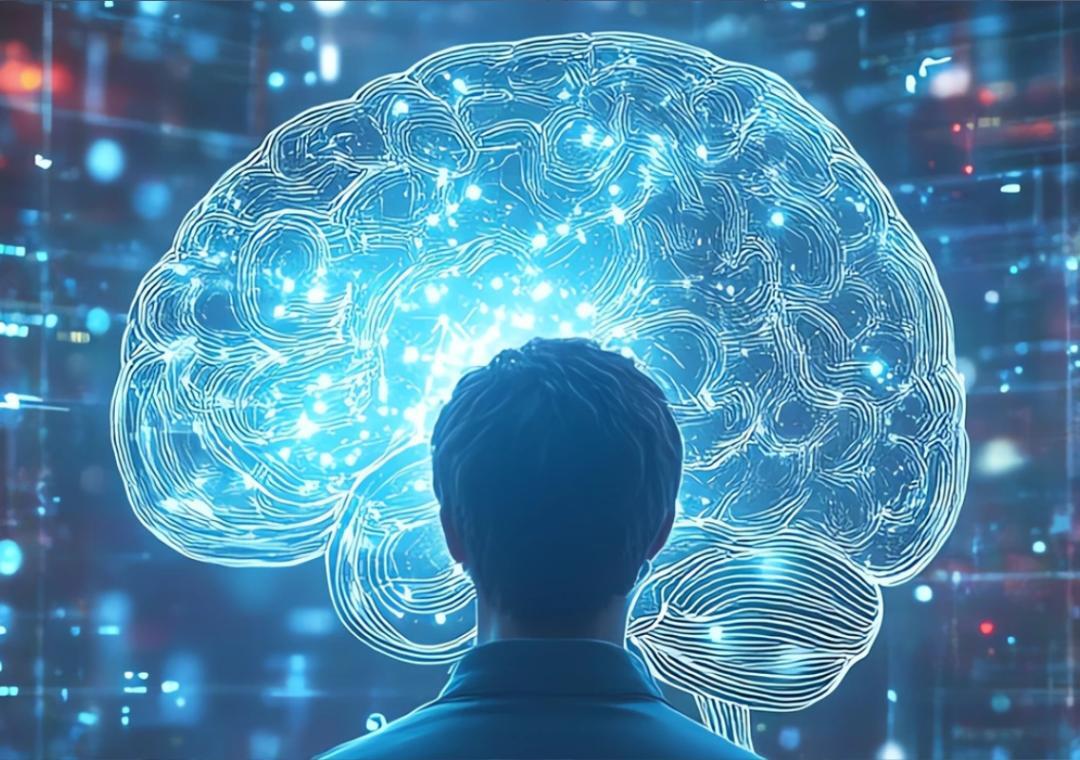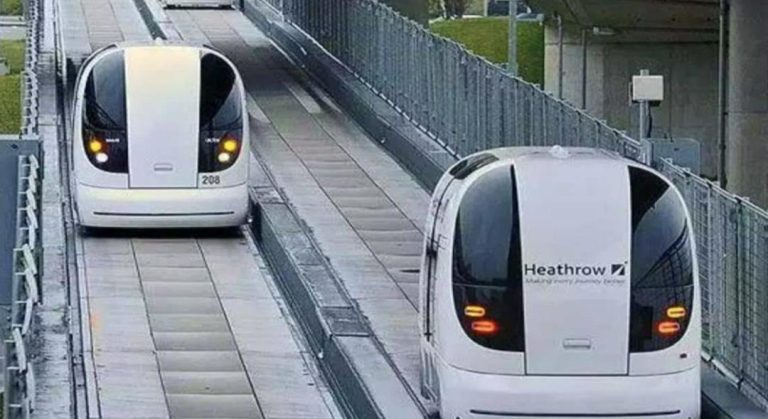
AI that thinks vs AI that tracks: The Future of Intelligent Systems
When it comes to artificial intelligence (AI), many of us are familiar with the term. We’ve seen it in movies, read about it in articles, and even used it in our daily lives. However, what we often fail to realize is that there are two distinct types of AI: AI that thinks and AI that tracks.
While AI that tracks is able to monitor and analyze data, AI that thinks goes beyond mere analysis. It has the capability to make decisions, adapt on its own, and take initiative. In other words, AI that thinks is not just a tool, but a partner that can help us solve complex problems and make informed decisions.
In this blog post, we’ll explore the differences between AI that thinks and AI that tracks, and why the latter is the key to unlocking true innovation in the world of AI.
AI that Tracks: The Limitations of Monitoring Tools
AI that tracks is often referred to as “monitoring AI” or “rule-based AI.” Its primary function is to monitor and analyze data, identifying patterns and anomalies along the way. This type of AI is typically used in dashboards, monitoring tools, and other applications where data needs to be tracked and reported.
While AI that tracks can provide valuable insights, it has its limitations. For example, it can only analyze data that has been pre-defined, and it requires constant human oversight to ensure accuracy. Moreover, it can’t adapt to changing circumstances or make decisions on its own.
Take, for instance, a sales team that uses AI to track their sales performance. The AI can identify trends and patterns in the data, but it can’t make decisions about how to improve sales or adjust the sales strategy. The team still needs to manually review the data and make changes.
AI that Thinks: The Power of Intelligent Systems
AI that thinks, on the other hand, is often referred to as “intelligent AI” or “autonomous AI.” Its primary function is to analyze data and make decisions, adapt to changing circumstances, and take initiative.
AI that thinks is not just a tool, but a partner that can help us solve complex problems and make informed decisions. It can analyze vast amounts of data, identify patterns and relationships, and make predictions and recommendations.
For example, a company that uses AI to analyze customer data can identify trends and patterns that indicate which customers are likely to churn. The AI can then make recommendations for how to retain these customers, such as offering personalized promotions or discounts.
The Future of AI: Intelligent Systems and Autonomous Decision-Making
As we move forward in the world of AI, it’s clear that AI that thinks is the future. With its ability to analyze data, make decisions, and adapt to changing circumstances, it has the potential to revolutionize the way we work and live.
In the future, we can expect to see AI that thinks in a wide range of applications, from healthcare and finance to education and transportation. It will help us solve complex problems, make informed decisions, and improve our overall quality of life.
Conclusion
In conclusion, AI that tracks and AI that thinks are two distinct types of AI, each with its own limitations and potential. While AI that tracks can provide valuable insights, it can’t make decisions or adapt to changing circumstances. AI that thinks, on the other hand, has the potential to revolutionize the way we work and live, by analyzing data, making decisions, and taking initiative.
As we move forward in the world of AI, it’s clear that AI that thinks is the future. With its ability to analyze data, make decisions, and adapt to changing circumstances, it has the potential to unlock true innovation and improve our overall quality of life.
Source:






